William E. Reis Sr. (1850-1943) was born in Pittsburgh, Pennsylvania, in February 1850. He was one of eleven children born to George C. Reis (1823-1887), a wealthy iron industry industrialist, and Elizabeth (Dithridge) Reis. William E. Reis, a graduate of Allegheny College in Meadville, became involved in the iron and steel industry in New Castle and served as President of the Shenango Valley Steel Company when it was formed in 1892. The local steel mill provided much of the raw material needed for George Greer’s tin mills, which soon made New Castle a leading producer in the tin plate industry. Reis was married to Clara Tranter in 1882 and within a few years built a large, ornate North Hill home at #312 Highland Avenue. He lived there with his wife Clara and eventually they had five children.
Reis became very wealthy and made plans to build a massive mansion on an adjoining 3.4-acre property on East Street. At some point he likely commissioned Franklin E. Rutan, who founded the Pittsburgh architectural firm of Rutan & Russell in 1896, to oversee the design of the home. One of its most spectacular features was a stained-glass window designed by artist Louis Comfort Tiffany (1848-1933), the son of Tiffany & Company founder Charles Louis Tiffany. The Reis family moved into the lavish mansion, one of the largest in New Castle, sometime in late 1896. He sold his Highland Avenue home to politician and businessman William H. Brown.
In early 1899 the Shenango Valley Steel Company was merged into the National Steel Company. Reis, elevated to President of National Steel, soon moved his family to New York City. In March 1901 financier John Pierpont Morgan Sr. organized an effort to merge Carnegie Steel, Federal Steel, and National Steel to form the U.S. Steel Corporation. U.S. Steel went on to be the most world’s largest steel producer and the most powerful corporation in the entire world. Reis remained onboard in New York City as an executive and sold his East Street mansion, once again, to William H. Brown in 1903. The home at Highland Avenue soon became the home of Rosena (Reis) Kurtz, the sister of William E. Reis who was married to Lewis T. Kurtz.
William M. Brown was born in Greenville in Mercer County, Pennsylvania, in September 1850 – the son of Van Swearingen and Lydia (Stewart) Brown. As a youngster his father passed away and his mother moved the family to Iowa where Brown was primarily raised. When he was nineteen, he returned in Pennsylvania and settled in New Castle. He continued his studies and began to show an interest in the law. He found employment as a bookkeeper for several companies to include the First National Bank and began studying the law under Judge John McMichael. In 1876 he was admitted to the bar and began practicing law in the city.
In about 1880 he married Margaret Foltz, and daughter of Samuel and Amanda (Stewart) Foltz. The late Samuel Foltz (1826-1878), the former President of the First National Bank, was one of the most prominent citizens of New Castle at the time of his death. Brown and his wife left the city for about a year or so in 1883 when he took a lucrative position as a government land agent in Iowa and explored several other business ventures. He returned to New Castle and opened the Brown, Thompson & Company mercantile business in c1885, and assisted in the establishment of the New Castle Paper Company and the New Castle Electric Street Railway. He also started a family and eventually had two children – Emma born in 1885 and Arthur in 1891.
Brown, who had by this time acquired considerable wealth, became increasingly involved in politics and served almost a decade on the city council. In November 1896 he was elected as a Republican state senator and served in that capacity from 1897-1899. In January 1902 he assumed the office of the Lieutenant Governor of Pennsylvania, serving as the understudy to Governor Samuel W. Pennybacker (1843-1916) for the next four years.
After leaving office in early 1906 Brown served as a director with the Lawrence Savings & Trust Company and got involved in railroading and other businesses. In November 1914 he was elected to the U.S. House of Representatives, but tragedy struck before he could assume office. He passed away quite unexpectedly while visiting New York City on January 1915, when he was sixty-four years old. He was laid to rest in Graceland Cemetery in New Castle. At the time of his death his worth was valued at over $1 million – with properties and interests in New Castle but also in Ohio, Florida, and New York.
His widow Margaret and children Emma and Arthur continued to live in the house. Margaret passed away in November 1936, but Emma, who was married to oil company executive De Grimm Renfrew, continued to reside in the house throughout the 1940’s and 1950’s. It seems the family fortune was steadily depleted over the years. Beginning in late 1947 the New Castle School Board, seeking to expand the property around the New Castle High School, sought to acquire the property through condemnation proceedings. It appears the school board’s initiative was defeated.
When Emma, who spent most of her life in the home, passed away in August 1960 her husband, strapped for funds, attempted to sell the property to the school board for $100,000. It seems a dispute about the actual value of the property began in earnest and he dropped the asking price to $60,000. After De Grimm Renfrew passed away in November 1961 the executors of the estate, with little funds to maintain the property, had the contents sold and the mansion dismantled beginning in September 1962. The stained-glass window went to the Charles Hosmer Morse Museum of American Art in Winter Park, Florida. The family eventually sold the property to the school board for $20,000 in June 1964. The New Castle High School utilized the property, at the southeast corner of East Street and Berger Place, as an auxiliary athletic and/or band practice field and still does to this day. Sadly, the magnificent mansion that once graced the location is long gone.
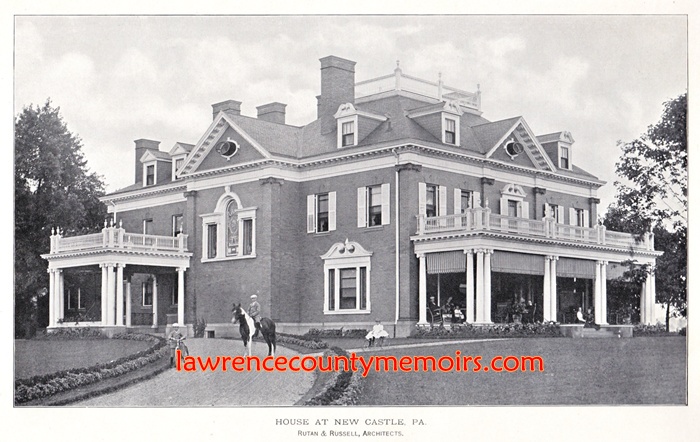 William E. Reis Sr. had this lavish mansion, designed by the Pittsburgh-based architectural firm of Rutan & Russell, built on East Street in 1895-96. He later sold it to William H. Brown in 1903. The property remained in the Brown family until the death of his daughter Emma Brown Renfrew in August 1961, at which time her husband De Grimm Renfrew unsuccessfully attempted to sell it to the New Castle School Board. By this time unpaid taxes and upkeep costs were mounting. After De Grimm Renfrew died in November 1961 the mansion was razed by order of the estate executors less than a year later. In June 1964 the school board bought the 3.4-acre property for $20,000. Today the site is home to the auxiliary athletic field behind the New Castle High School. (1900) Full Size |
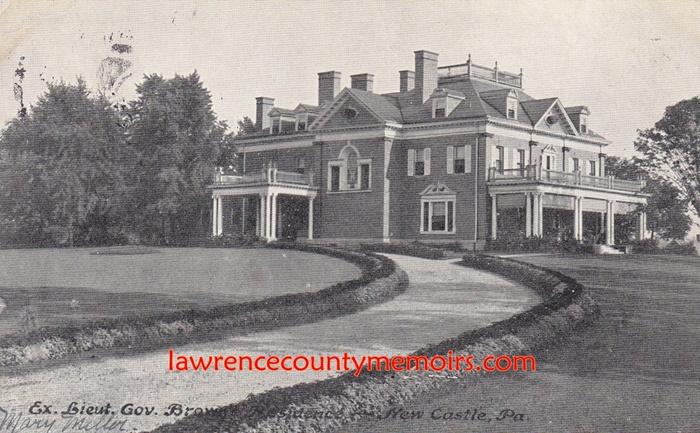 The Reis-Brown mansion, situated on a 3.4-acre lot along East Street, was one of New Castle’s most spectacular homes. (c1909) Full Size |
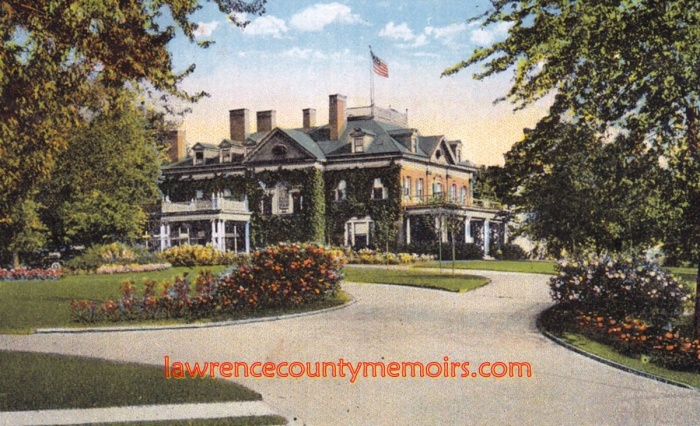 The Reis-Brown mansion. (c1920) Full Size |
 The dining room. (1900) Full Size |
 The library. (1900) Full Size |
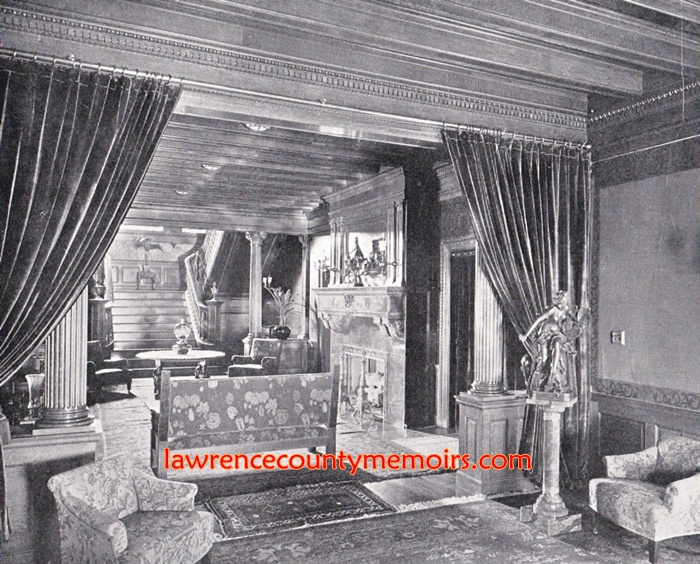 The main hallway area. (1900) Full Size |
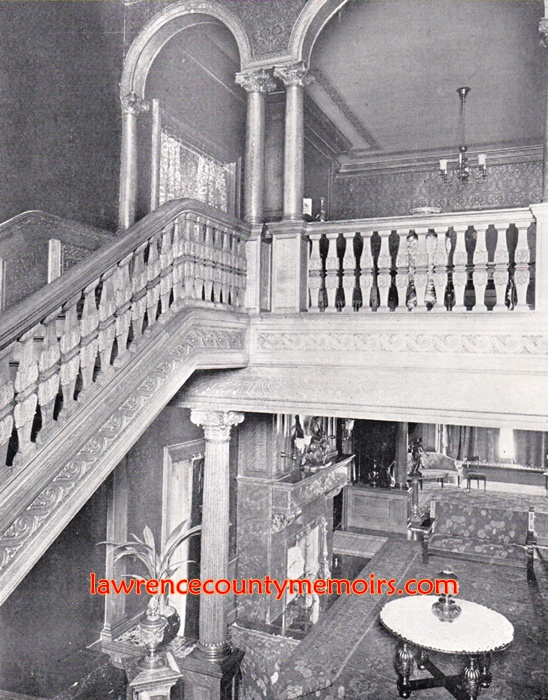 The main staircase leading to the second floor of the mansion. (1900) Full Size |
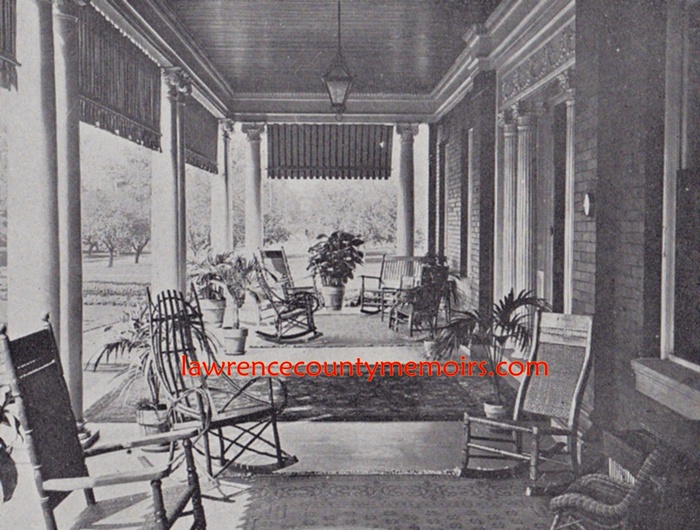 The long porch on the Reis-Brown mansion. (c1910) Full Size |
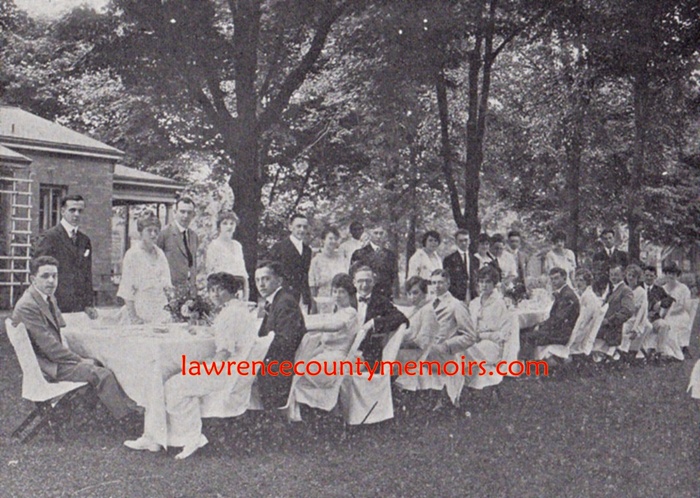 This photo likely depicts a social gathering on the grounds of the Reis-Brown mansion. (c1910) Full Size |
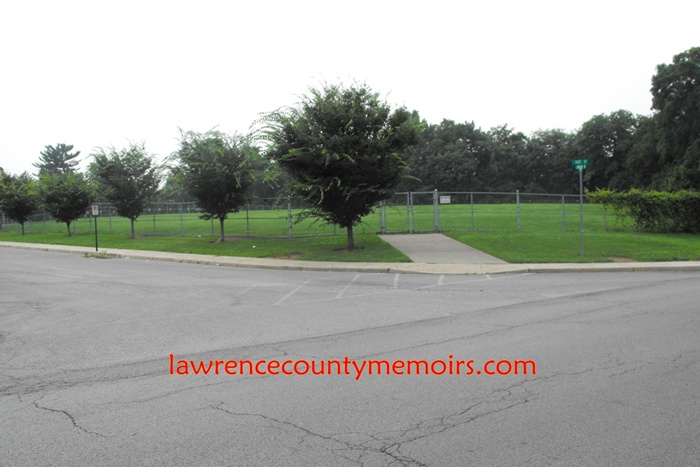 The former Reis-Brown home along East Street was razed by the Brown-Renfrew family in late 1962 after unsuccessful attempts to sell the house and property. In 1964 the New Castle School District bought the 3.4-acre site, located adjacent to the New Castle High School, for $20,000. It was turned into an athletic field for the students of the high school. (Jul 2013) Full Size |
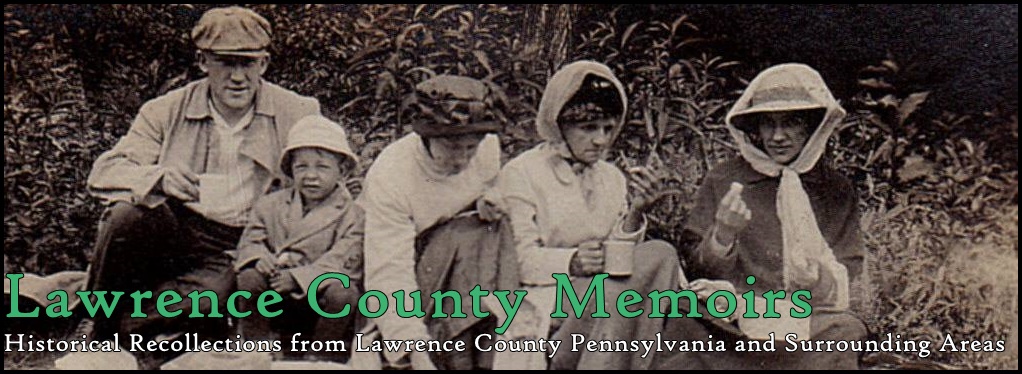



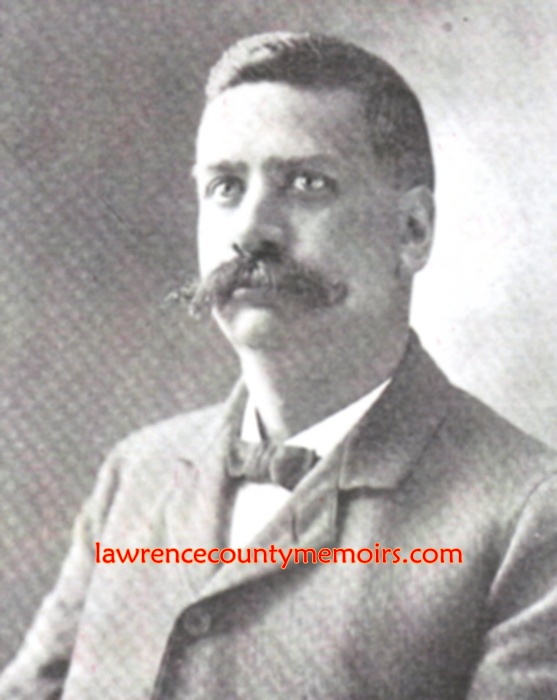
Comments
Michelle Kovach #
I just visited the Morse Museum in Winter Park. I grew up in New Castle blocks from this property. I’m too young to have ever seen this mansion. However, you can imagine the surprise when admiring the Tiffany glass in the museum and reading that this very piece I was admiring came from this mansion. It can be seen in the photo showing the outside of the home. The 3 piece panel glass in the stairway by the driveway. Just stunning!
Comment